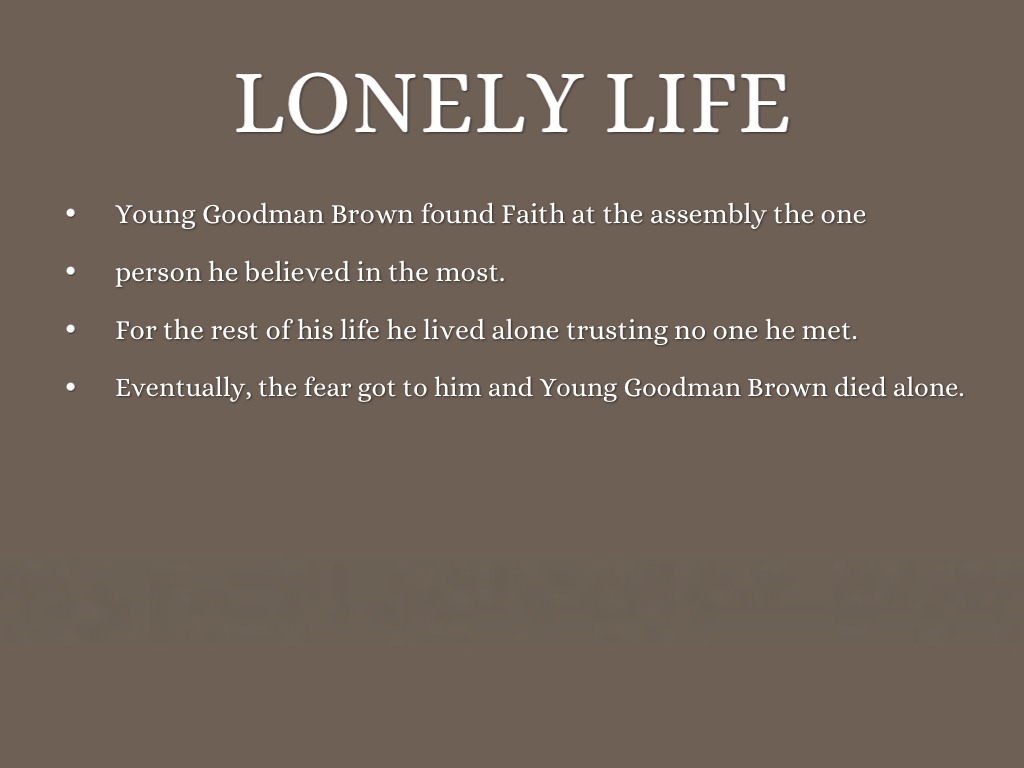Dry begging is a subtle yet intriguing phenomenon that many people encounter in their daily lives, especially on social media platforms. It refers to the act of hinting at a need for assistance or support without directly asking for it. This can manifest in various forms, such as posting about hardships or expressing dissatisfaction with one’s current situation, all while avoiding a straightforward request for help. The term may seem unfamiliar to some, but its prevalence in online interactions has made it a topic worthy of discussion.
In an era where social media reigns supreme, dry begging has become increasingly common. People often share their struggles, whether financial, emotional, or physical, in hopes of evoking sympathy from their friends or followers. However, it’s important to recognize the fine line between simply sharing one’s feelings and seeking assistance through veiled messages. This behavior can lead to confusion among friends and acquaintances, who may wonder whether they should offer help or simply engage in conversation.
As we delve deeper into the concept of dry begging, we’ll explore its implications, potential motivations, and how it affects relationships. Understanding this phenomenon can help individuals navigate social interactions more effectively, ensuring that their intentions are clear and that they are either offering or receiving support in a healthy manner.
What Are the Characteristics of Dry Begging?
Dry begging can be identified by several key characteristics:
- Vague statements about personal struggles
- Emotional appeals without direct requests
- Frequent sharing of hardships on social media
- Seeking sympathy rather than tangible support
Why Do People Engage in Dry Begging?
There are various reasons why individuals might resort to dry begging. Some of these include:
- Fear of rejection: People might be hesitant to ask for help directly, fearing that their request will be turned down.
- Desire for attention: Sharing struggles can attract sympathy and attention from friends or followers.
- Social norms: In some circles, openly asking for help may be viewed as a sign of weakness, leading individuals to adopt a more subtle approach.
- Testing the waters: Individuals may use dry begging as a way to gauge the willingness of their network to provide support.
How Does Dry Begging Affect Relationships?
Engaging in dry begging can have mixed effects on relationships. On one hand, it may foster empathy and understanding among friends who respond positively. Conversely, it can lead to frustration and confusion if others are unsure about how to respond. Clear communication is crucial in maintaining healthy relationships and ensuring that both parties feel heard and supported.
Can Dry Begging Be Considered Manipulative?
Some individuals may perceive dry begging as a form of manipulation. When someone hints at their difficulties without explicitly asking for help, it can create a sense of obligation for others to respond. This dynamic can lead to feelings of resentment if the person offering support feels taken advantage of. It’s essential to strike a balance between sharing one’s struggles and respecting the boundaries of others.
What Are Some Alternatives to Dry Begging?
For those who want to express their needs without resorting to dry begging, consider the following alternatives:
- Be direct: Clearly communicate your needs and ask for help when necessary.
- Share experiences openly: Instead of hinting, discuss your struggles in a straightforward manner.
- Encourage dialogue: Foster open communication with friends and family about your feelings and needs.
- Use humor: Sometimes, a light-hearted approach can make it easier to bring up sensitive topics.
How Can We Support Others Who Engage in Dry Begging?
If you notice a friend or loved one engaging in dry begging, it’s essential to approach the situation with empathy. Here are some ways to provide support:
- Reach out: Initiate a conversation and ask about their feelings or struggles.
- Offer your assistance: Let them know you’re available to help if they need it.
- Encourage openness: Promote a culture of transparency where sharing needs is welcomed.
- Be a good listener: Sometimes, simply being there to listen can make a significant difference.
In Conclusion: The Fine Line of Dry Begging
Dry begging is a complex behavior that reflects the challenges of expressing vulnerability in today’s society. While it can sometimes serve as a way to elicit support, it’s crucial to recognize the potential pitfalls, including miscommunication and feelings of obligation. By understanding the motivations behind dry begging and exploring healthier alternatives, individuals can foster more authentic connections with those around them.
Ultimately, the key to navigating this nuanced phenomenon lies in open communication and a willingness to both give and receive support. Remember, it’s perfectly okay to ask for help, and doing so can strengthen relationships rather than diminish them.
Unmasking Wade Wilson: The Anti-Hero We All Love
The Enigmatic Journey Of Kirishima Reona
Exploring The Life Of Jonathan Bailey And His Kids


